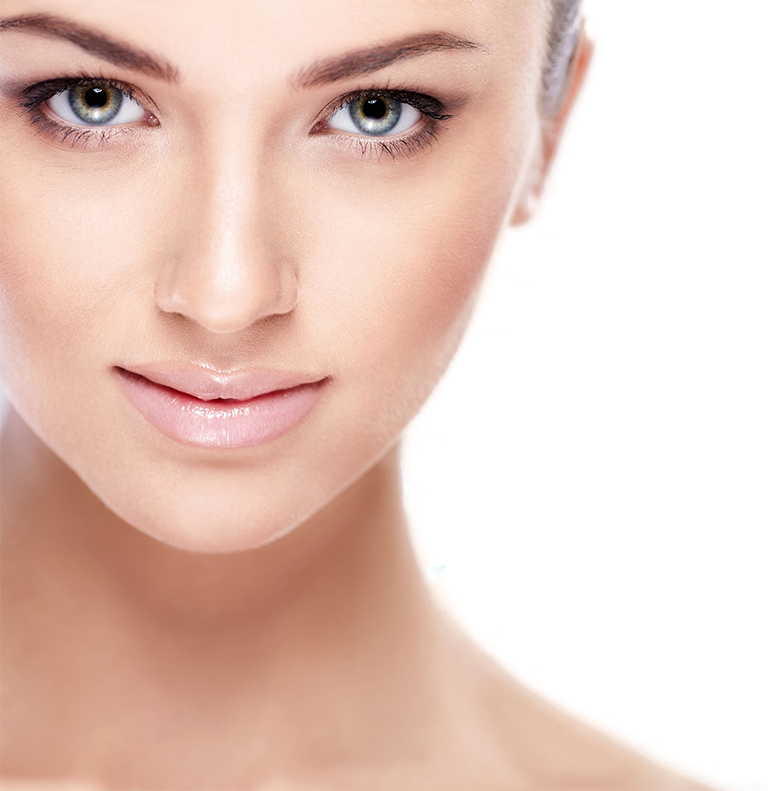
Excessive sweating treatment
Excessive sweating is a major disturbance in everyday activity and can cause embarrassing situations in professional and social life. It is triggered by emotional thermal, gustatory and psychological factors.
Excessive sweating (hyperhidrosis) is a medical term describing a condition of extreme sweating. This condition usually starts when the patient is young and, if untreated, lasts for the entire life. When the excessive sweating is confined only to a certain area of the body, it is referred to as localized excessive sweating. The localized excessive sweating generally affects the armpits, foot undersides, face, head.
How does excessive sweating impact the affected patients?
The excessive sweating makes the skin constantly moist which may lead to its maceration and can result in bacterial and fungal infections. But, most importantly, excessive sweating has a very destructive influence on professional and social life. This condition often affects people who are active, live in a rush and under constant stress. A moist hand or sweat beads on the forehead may be serious problems in some professions (musicians, electricians, watch repairers), and in extreme cases may force one to change a job. In the professions requiring social contact and handshakes, moist hands make their owner embarrassed and insecure.
The patients sweating too much under arms often go to great lengths to conceal stained clothes. They will shower twice a day, wear dark clothes and not take a jacket off even when it is hot.
What is the cause of excessive sweating?
There are two kinds of excessive sweating:
- Primary hyperhidrosis where the original cause of the increased perspiration is unknown. Most cases of focal excessive sweating are the primary type and it is thought that it is caused by the excessive stimulation of the autonomous nerve system. Increased sweating can also have congenital character as over half the patients is related to other people with the same condition.
- Secondary excessive sweating is usually a symptom of an illness causing it. It can also be caused by some medication, high temperature and spicy foods.
Can excessive sweating be treated?
THere are a number of methods for hyperhidrosis treatment. The exact choice should be made by the doctor and depends on the intensity and location of the increased sweating, as well as on its impact on social and professional life of the patient.
The available treatments are:
- botulinum toxin type A injections (Botox, Dysport)
- local medication
- oral medication
- iontophoresis
- surgical methods.
Botulinum toxin type A injections (Botox, Dysport)
Botulinum toxin type A is a neurotoxin which connects to nerve synapses in sweat glands. It blocks the release of a chemical transmitter (acetylcholine) which triggers perspiration.
Studies have shown that the botulinum toxin injections provide a significant improvement in the localized excessive sweating treatment. The procedure involves localized injections of a small amount of the substance with a very fine needle. The injected areas are those with increased perspiration (face, armpits, hands, feet, scalp). To make this as comfortable as possible for the patient, local anaesthesia before the procedure can be applied. Excessive sweating decrease can be observed after 3-5 days from the procedure and and is usually effective for up to 6 months. Sometimes the medicine result is better than 6 months due to the elimination of the emotional factor intensifying the sweat glands activity. As in the case of wrinkle removal, the procedure can be repeated twice a year, or once before the summer season when the excessive heating causes most worry.
Are botulinum toxin injections safe?
- the procedures involving botulinum toxin should not be performed with pregnant and lactating women
- other rare contraindications are: allergy to botulinum toxin type A or to human albumin
- neuromuscular junction disorders (myasthenia gravis, amyotrophic lateral sclerosis, Lambert-Eaton syndrome)
- taking aminoglycoside antibiotics (e.g. gentamicin)
- large skin damages.
